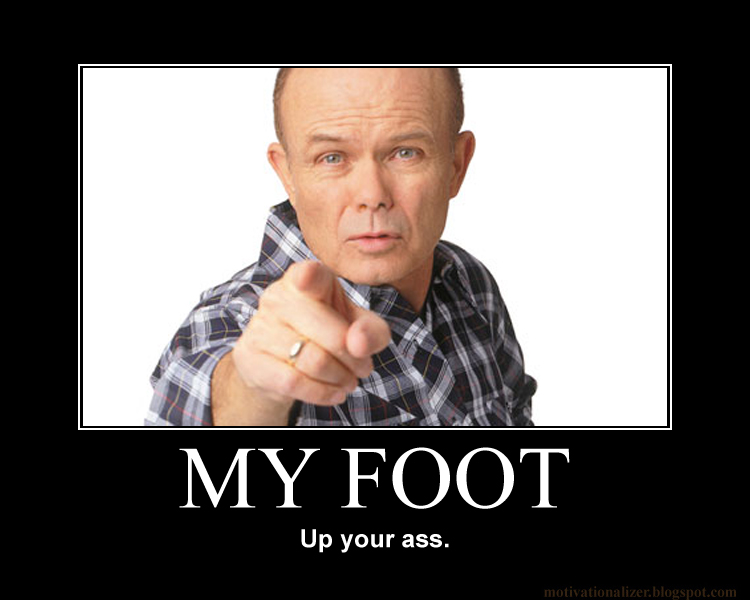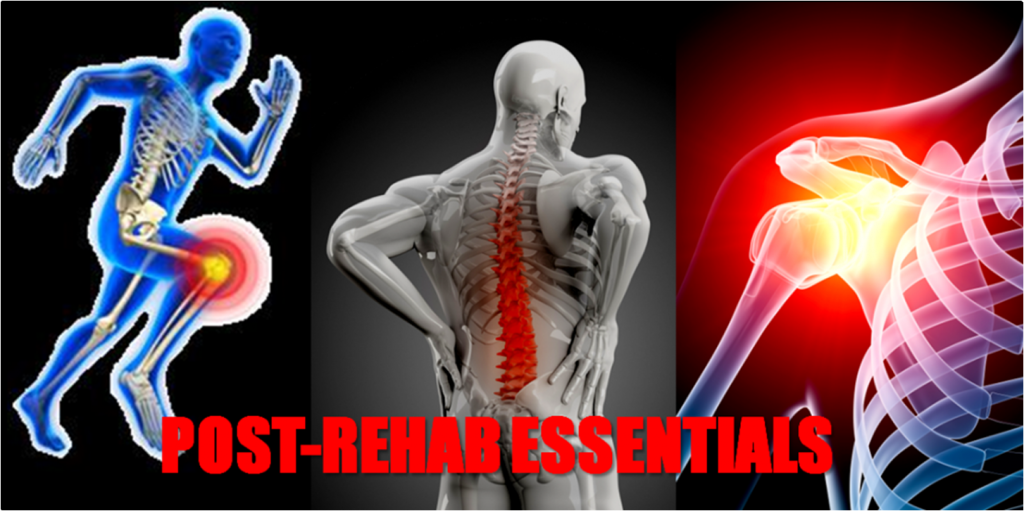No Pain, No Problem?
One of the worst parts of being a trainer is trying to pull the reins in on clients who want to get their groove back after an injury. They feel good, they have no pain, they crush steaks on a regular basis, and they’re a walking billboard for anything relating to “BadAss,” so why not train like it?
Take for example a client I recently worked with who was recovering from some serious IT band issues and as a result some pretty nasty knee stuff that would flare up every time he went for a run. After getting him in for ART, massage, and working on some foam rolling series and hip and foot strengthening programs, he began feeling massive relief, and I gave him clearance to start running for 5 minutes at a shot, tempo pace, for a max of 15 minutes a day.
I’ll re-iterate, max 15 minutes a day, in 5 minute intervals.
One day he came in hobbling like a little old man (this guy was 32), and saying his knee was killing him, thinking he was maybe going to need surgery. I asked him what he did, and he said he went for a 30 minute tempo run because he felt so good and wanted to test out his leg to see what he could do. It felt great during the run, but then within a few hours after he finished it started to tighten up again, to the point where the next morning he could barely get out of bed. I told him he would definitely need surgery, but in order to remove my shoe from his ass.
Considering he went and did twice the duration, no breaks, and pretty much un-did all the progress he’d seen in the last 6 weeks from the combination of myself, the physio and the chiro just because he wanted to test it out pretty much showed that he failed the test.
The body doesn’t tend to come back from repetitive strain injuries very quickly or at full strength if the area isn’t fully healed. A lack of pain merely means pain receptors are not being stimulated and that there isn’t a perceived threat to the body, not that the area is fully healed. What’s more, many times numbness from injury can cause the pain receptors to not work properly, and people tend to numb themselves with pain killers, meaning they can get through the activity without having the ability to do so.
I’ve seen a lot of swollen knees come in where the person had no apparent pain or discomfort. That sounds all well and good, but if the person has swelling, it can decrease muscle recruitment of the quadriceps by up to 30%, and even reduce the timing and sequencing of the muscles involved in controlling movement, which makes the knee more susceptible to further injury.
Most people fall into a vicious cycle of training until they are in pain, then backing off for a “rehab program” or “cross training,” and once the pain subsides they go back at it until it hurts too much to continue. Einstein said the true definition of insanity is doing the same thing and expecting different results.
So after having a heart to heart talk about why he was a mental giant, and while my thumb was buried into his sore IT band to add emphasis to my points, I said that once he was able to run again (it would be about 8 weeks now), he was to follow instructions, and only the instructions he was given. He was not to make up workouts on his own if he wanted to get back into the swing of things. Essentially, I made him my bitch, and he knew it.
This isn’t common, as most people in acute pain are more gun-shy of pushing themselves for risk of re-aggravating their old injury. I went through this with deadlifting for a few years. I didn’t want to work up to anything over 225 for fear of getting my back locking up and not being able to walk properly for a few weeks. But a funny thing happens when you start spending time on technical execution and sequencing, focusing on specific mobility and core strengthening, and getting adequate rest and hydration between workouts, you actually get better without the risk of injury!!
The keys to training when recovering from an injury is first avoiding the painful or injury-promoting activity, then finding ways to train that don’t aggravate the injury. Simple in theory, but then again in theory communism works too.
Pushing through pain somehow became a sign of toughness and virility unmatched by any sound training program, sometime in the 80’s I think. This was also the timeframe that thought mullets, Don Johnson wide lapelled suits, big hair, and Alf were good ideas, so the concept of “no pain, no gain” seemed to get taken literally.
Just because the body hurts doesn’t mean you can’t do anything, but you have to be smart about what you should and shouldn’t do, which is where a referral to a physiotherapists, chiropractor or other health professional comes in handy. However, following an injury and not being in pain definitely doesn’t mean you’re indestructible and can do everything you used to do in high volume and intensity. It just means you have no pain NOW. Tissues take time to adapt. You will typically see improvements in neural signalling, strength, power, and lastly endurance. This is only if done in the proper sequence. If done out of sequence, you’re asking for a hurtin.
I talk about injury concepts in Post Rehab Essentials, and show how most people with chronic repetitive strain issues can help fix them with some simple training techniques that break that vicious cycle of “train until pain” and get them back to healthy.



4 Responses to No Pain, No Problem?